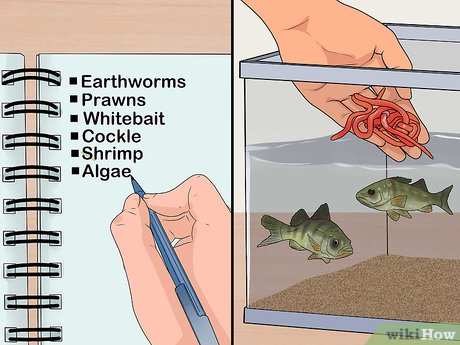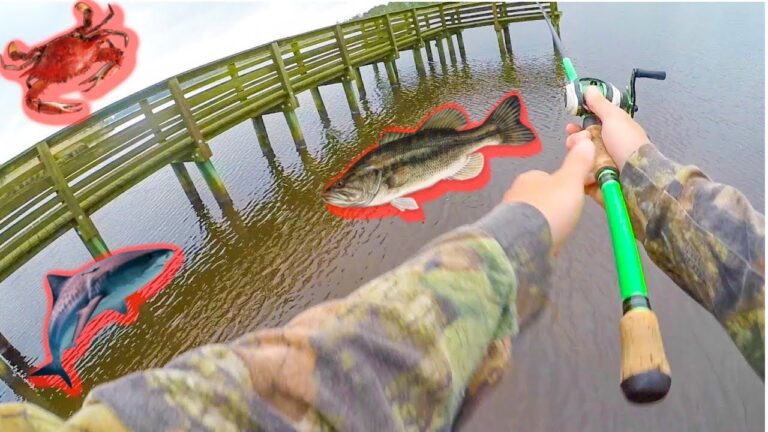How to Fish Plastic Worms for Bass
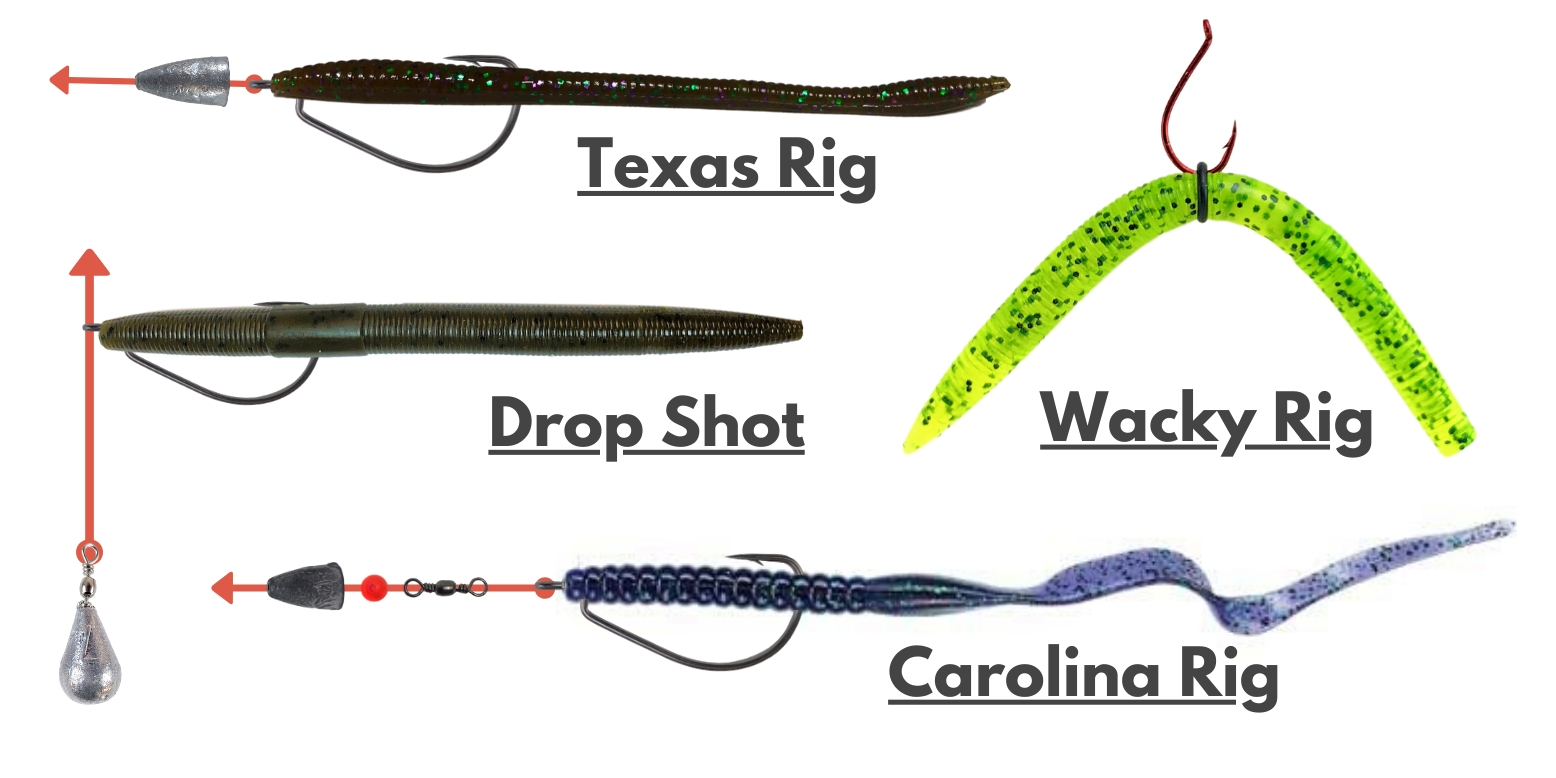
To fish plastic worms for bass, use a slow, steady retrieve or twitch the lure sporadically. Match the worm color to the water conditions for optimal results.
Fishing with plastic worms is one of the most effective techniques for catching bass. This method appeals to the opportunistic feeding habits of bass, which often favor the life-like motion of a subtly presented worm. Anglers around the world have perfected the art of worm fishing, from selecting the right gear to mastering retrieval patterns that imitate natural prey.
Understanding the behavior of bass and their habitat is crucial for making your plastic worm irresistible to these predatory fish. This strategic approach to bass fishing requires patience, precision, and the right tackle setup. A well-chosen plastic worm, properly rigged and skillfully manipulated, often proves to be the key to a successful day on the water.
Choosing The Right Plastic Worms
Fishing for bass with plastic worms requires the right choice. Size and color play big roles. Larger worms, often over 7 inches, lure big bass. Smaller ones, closer to 4 inches, are good for plenty of action.
Color choices should reflect the environment and weather conditions. Clear water calls for natural hues like green or brown. Murky water demands bright colors like chartreuse.
Bass hunters debate between rubber and silicone worms. Rubber provides a soft texture, similar to real prey. Silicone worms boast enhanced durability and a variety of lifelike designs. Each material has its merits, so try both to see which works best for you.
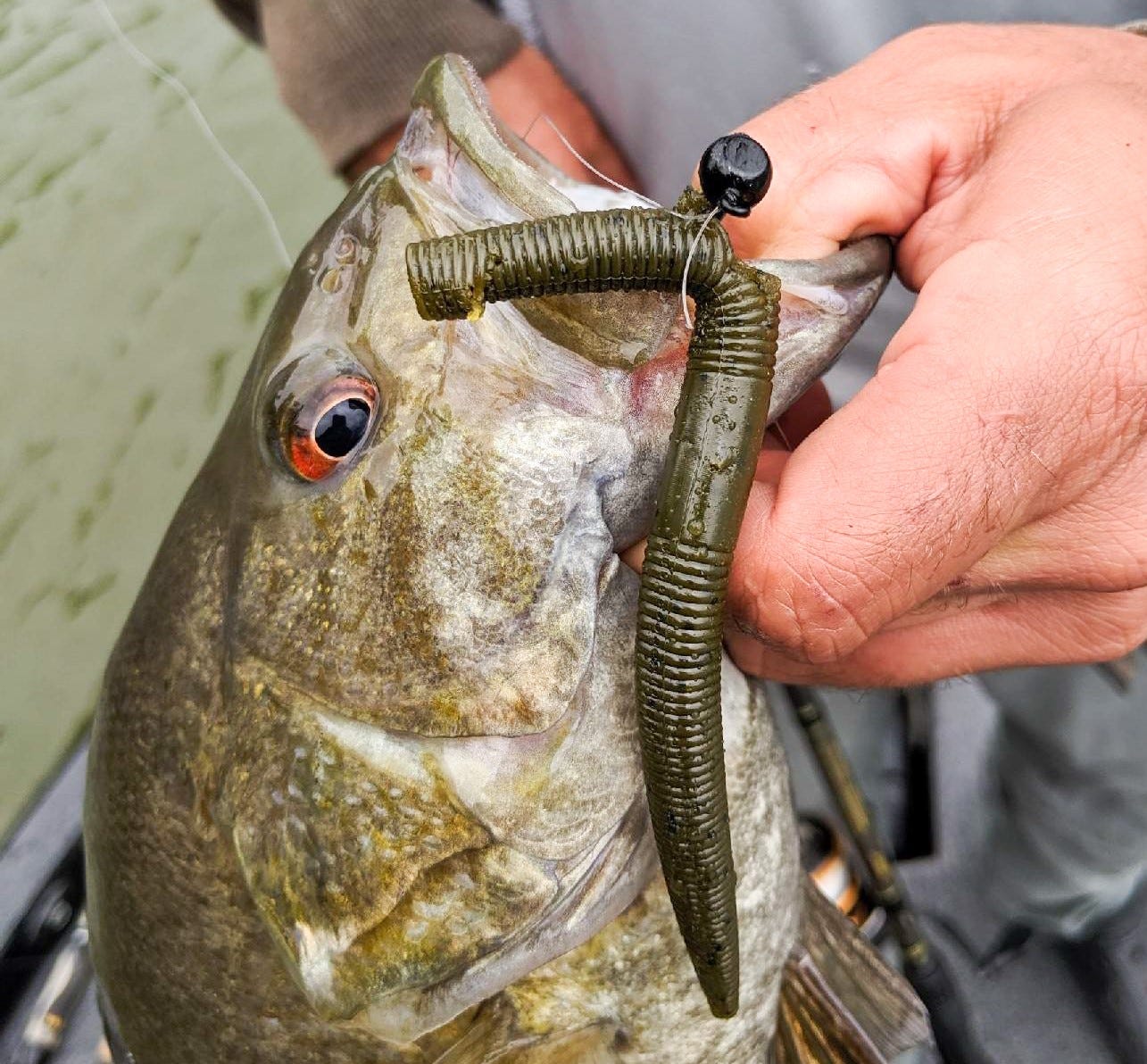
Credit: www.lurenet.com
Essential Gear And Tackle
Selecting the right gear and tackle is crucial for successful bass fishing with plastic worms. A well-matched fishing rod and reel combo can make a significant difference. For rods, a medium-heavy power with a fast action is preferred. This setup offers enough backbone to handle bass and provides sensitivity for detecting subtle bites.
Reels should be smooth and offer a reliable drag system. Baitcasting reels are often the go-to for experienced anglers due to their precision and control. Spinning reels, on the other hand, are easier for beginners to use.
For lines, fluorocarbon is a top choice as it’s nearly invisible underwater and has low stretch, enhancing bite detection. A 6 to 12 pound test line is ideal for most situations. Ensure hooks are sharp and the right size for your worms, generally between size 2/0 and 4/0.
Knots And Rigging Techniques
Mastering the art of tying secure knots is vital for bass fishing success. A well-tied knot keeps your plastic worm in place, ensuring the bass doesn’t shake it off. Employ the Improved Clinch Knot for its reliability. Wrap the line 5-7 times before threading the end through the loop. This secures your lure for the awaited strike.
The Texas Rig reigns as a top choice for fishing enthusiasts. It pairs a bullet weight with a hook, free to slide. This setup excels in weedy areas, deterring snags. Skirt obstacles effortlessly with the Texas Rig, enticing bass hiding below.
Select the Carolina Rig for its versatility. It places a weight above a swivel, granting your worm more movement. The extra space between the weight and worm mimics real prey. It’s perfect for deeper waters, attracting bass with its lifelike action.
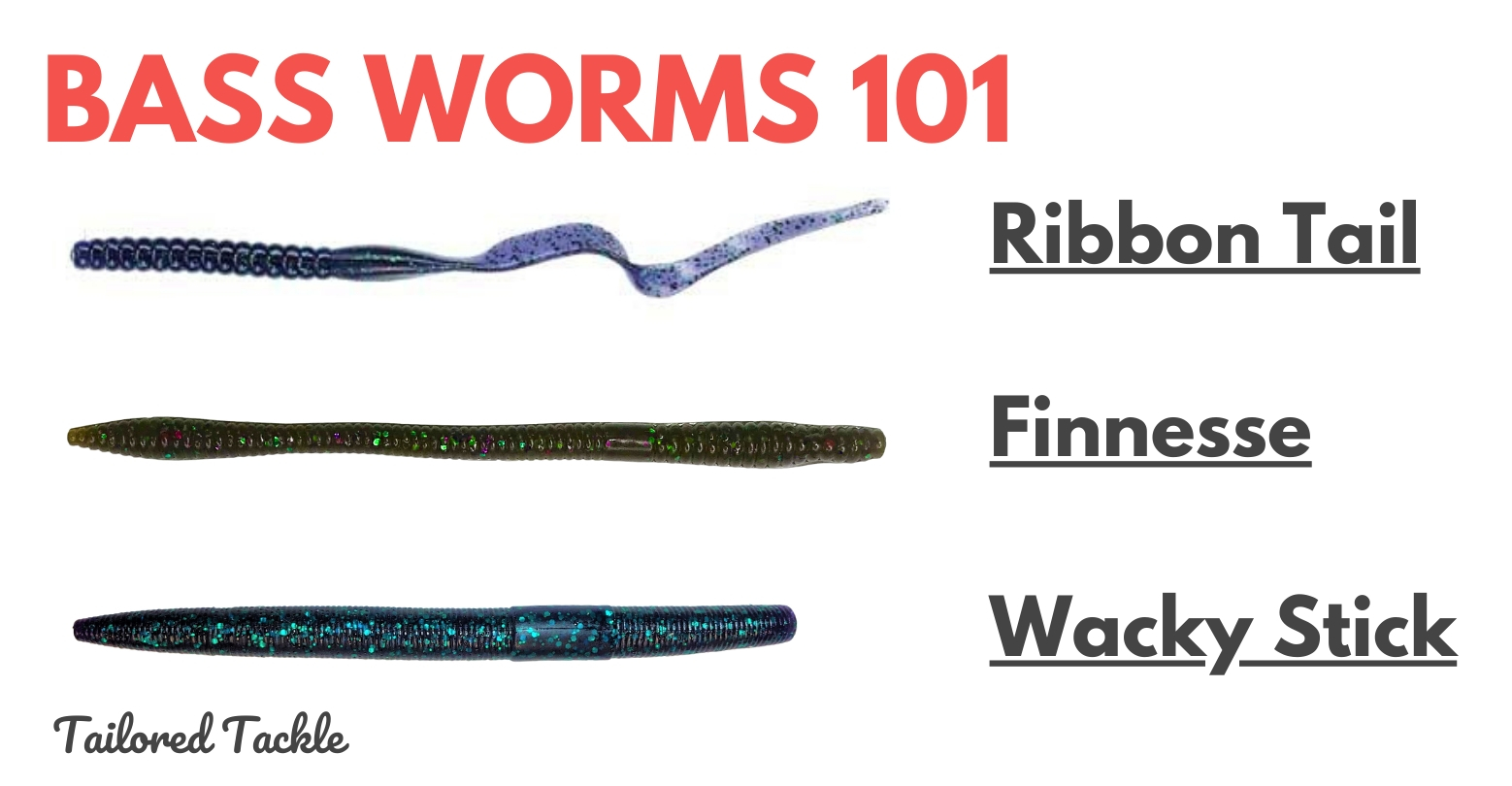
Credit: tailoredtackle.com
Effective Casting Methods
Mastering the Overhand Cast begins with proper stance. Keep your feet shoulder-width apart. Hold your fishing rod firmly. Look at your target area. Gently swing the rod over your shoulder. Then swiftly flick the wrist forward. This action launches the plastic worm towards the aimed spot.
Underhand and Sidearm Techniques need less space and are sneaky. For the underhand cast, drop the rod tip behind you. Flip the rod tip forward swiftly. This sends the worm under docks or trees. The sidearm cast is similar. Swing the rod horizontally. This method is great for staying low and avoiding obstacles.
Retrieval Strategies For Maximum Attraction
Mastering the art of timing is crucial for tempting bass with plastic worms. A well-timed twitch can inspire an aggressive strike. Yet, knowing when to pause lets curious bass catch up and take a bite. Practice counting seconds between twitches to find a rhythm that works.
Exploring speed variations can make worms seem alive. Drag your lure slowly along the bottom, mimicking natural movement. Bass often can’t resist this enticing action. Alternatively, try quick bursts followed by a pause, simulating prey in distress. Each method holds the potential to captivate bass and provoke them to attack your plastic worm.
Location And Timing For Success
Successful bass fishing with plastic worms hinges on knowing where bass are likely to hide. This relies on reading the water carefully. Look for structures like logs, rocks, and plants. Bass use these for cover to ambush prey.
Seasonal patterns also play a crucial role in timing your fishing trips. During spring, target shallow waters as bass spawn. Summer calls for fishing deeper waters during early mornings or late evenings when bass come out to feed. In the fall, aim for afternoons in transition areas between shallow and deep waters. Winter demands patience as bass are slow-moving and prefer deep waters with stable temperatures.

Credit: www.youtube.com
Frequently Asked Questions For How To Fish Plastic Worms For Bass
How Do You Rig Plastic Worms For Bass?
To rig plastic worms for bass, thread the worm onto a hook through its nose, ensuring the body is straight for a natural presentation. Use a Texas or Carolina rig for weedless performance, or a wacky rig for a fluttering drop.
Adjust weight based on depth and current.
What Color Plastic Worm Is Best For Bass?
The best color for a plastic worm for bass fishing often depends on the water clarity. For clear water, use natural colors like green pumpkin or watermelon. For murky water, opt for bright colors such as chartreuse or neon hues.
Do Plastic Worms Work For Bass?
Yes, plastic worms are highly effective for catching bass due to their lifelike movement and versatility in various fishing conditions.
Do You Use A Weight With A Plastic Worm?
Yes, pairing a weight with a plastic worm helps it sink and improves casting distance and accuracy.
Conclusion
Mastering bass fishing with plastic worms is an art that blends patience with technique. Delve into the subtleties of worm selection, presentation, and retrieval. Refine these methods to enjoy bountiful bass catches. Every cast brings you closer to becoming the angler you aspire to be.
Cast away and reap the rewards!
